Mumbai, one of India’s most vibrant and bustling cities, is not only known for its wealth and glamour but also for its contrasting underbelly. Despite being one of Asia’s richest cities, Mumbai hosts one of the largest slums and a well-known red-light district. Prostitution has deep roots in Mumbai, dating back to British colonial rule and continuing to the present day. Here’s a glimpse into the history and current state of Mumbai’s red light areas, revealing the city’s hidden side.
A Brief History of Mumbai’s Red Light Area
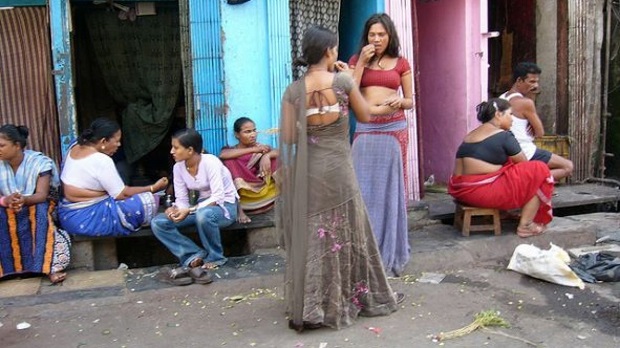
During the late 19th and early 20th centuries, women from Japan and Europe were trafficked to Kamathipura, one of Mumbai’s most notorious red-light areas. These women provided services to locals and soldiers. A specific street, known as Safed Gully, was famous for housing European prostitutes. The local police, connected with the pimps, often captured any sex workers attempting to flee.
Many women from Nepal and various parts of India also found themselves in Kamathipura during the 19th century. Despite the legal status of prostitution in Mumbai, brothels often face unsanitary conditions.
Exploring Mumbai’s Red Light Areas
Here are some of the most infamous red-light districts in Mumbai:
1. Kamathipura
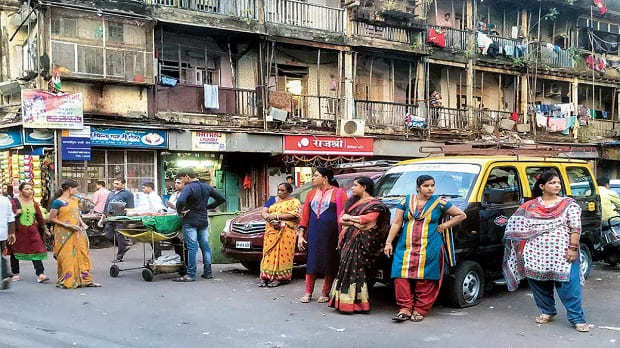
Located in Mumbai Central, Kamathipura is the city’s second-largest red light district. The sex workers here, primarily from Andhra Pradesh, Karnataka, Maharashtra, and Solapur, often hail from remote districts. The area, initially named after the Kamathis (workers) of Andhra Pradesh, was known as ‘Lal Bazar’ during British rule. Today, many sex workers come from West Bengal and Bangladesh. The Bollywood movie “Gangubai Kathiawadi” is based on this area.
2. Pila House
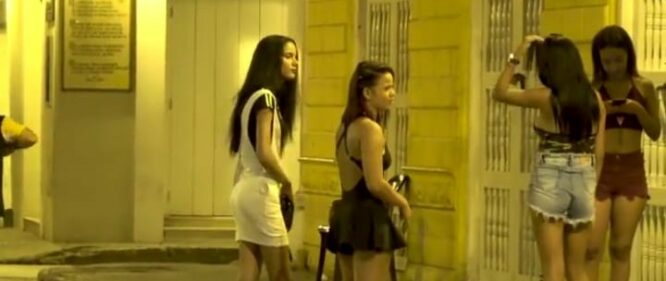
Popular in the 1980s, Pila House is run predominantly by Nepalese women. Many of the villas here are slated for redevelopment, which may lead to the area’s decline.
3. Foras Road
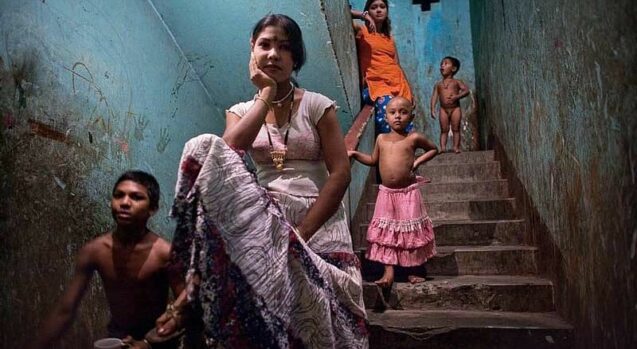
Known for its Mujras, this area sees sex workers from northern states like Moradabad, Lucknow, Agra, Ratlam, and Bhopal performing. Foras Road is lined with beer bars and ladies’ bars, contributing to its notoriety.
4. Congress House
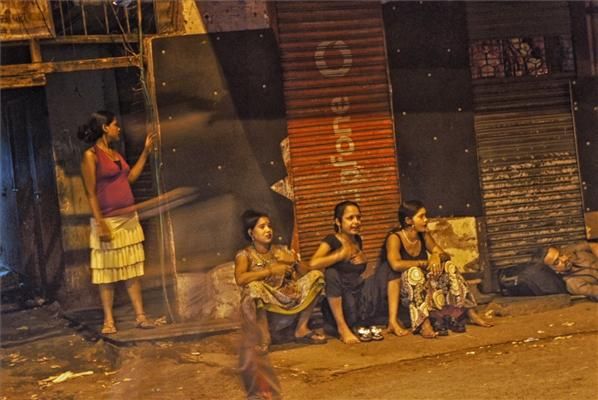
Developed in the 1980s by gangsters like Dawood Ibrahim and Haji Mastan, Congress House was a hub for politicians and other influential figures. However, its prominence has waned over time.
5. Malad
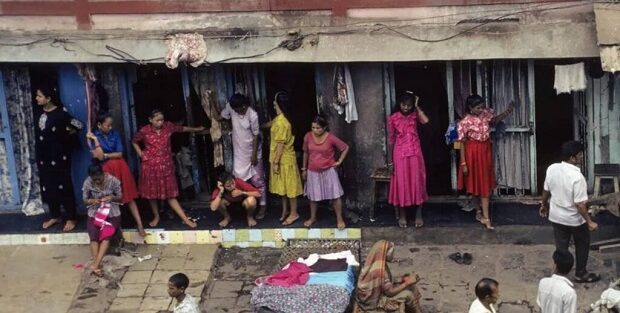
This western suburb hosts about 400 prostitutes. Lodges in Malad are rented on an hourly basis for sexual activities.
6. Mulund
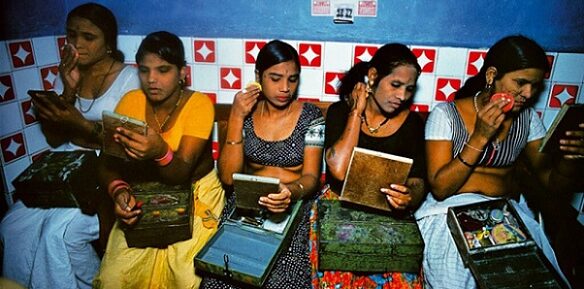
Known as Mini Kamathipura, Mulund in northeastern Mumbai has around 500 sex workers, echoing the larger red light district of Kamathipura.
7. Falkland Road
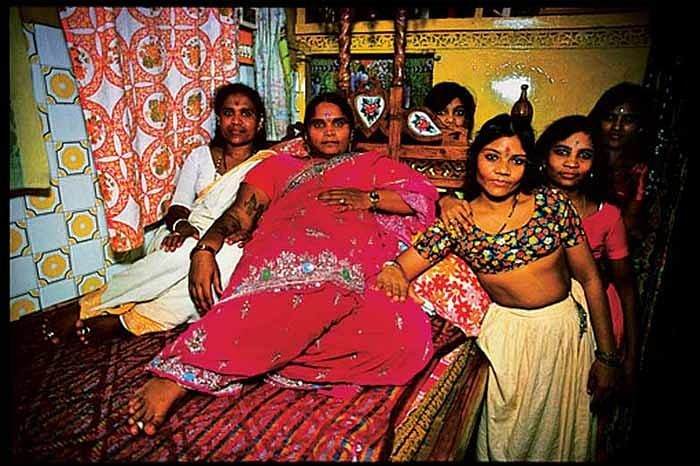
Near Grant Road station, Falkland Road is filled with cheap lodges and hotels, frequented by travellers and businesspeople.
8. Garib Nagar
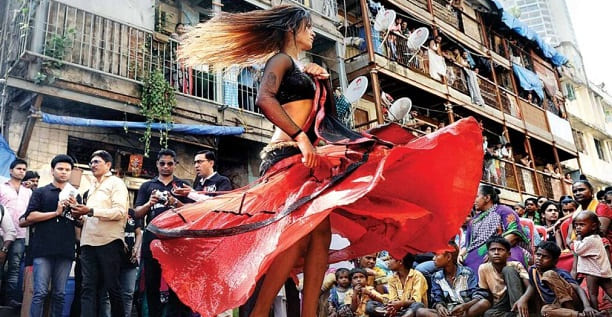
A hidden red light area in northwestern Mumbai, Garib Nagar, near the railway tracks, is known for both prostitution and drug trade, attracting sex workers from various parts of the world.
9. Ghatkopar
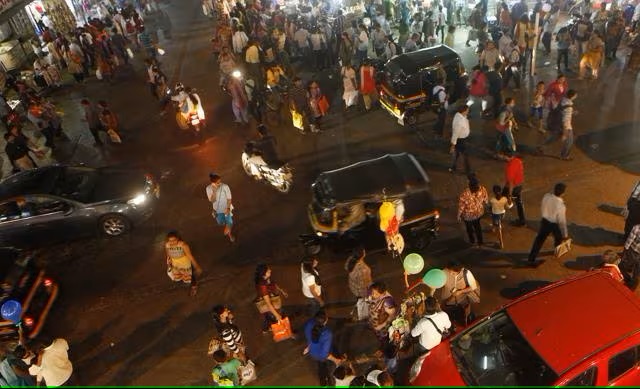
Located in eastern Mumbai, Ghatkopar’s red light district is known for its “prostitute lanes” and hosts around 1,500 sex workers.
10. Grant Road
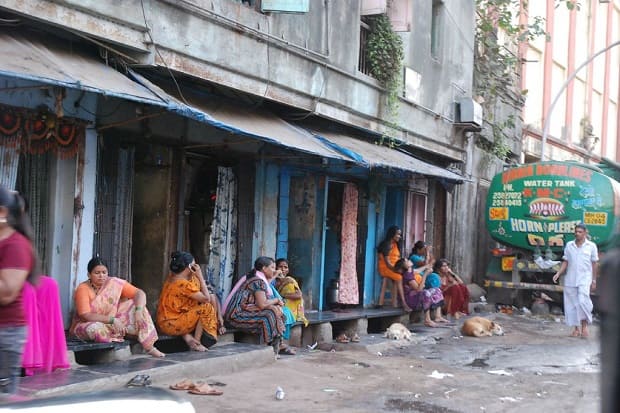
Here, the red light district called Jamuna Mandi is populated by girls primarily from South Karnataka.
Conclusion
Mumbai’s red-light areas reveal a stark contrast to its wealth and glamour, shedding light on the city’s complex social fabric. These districts have deep historical roots and continue to exist amidst Mumbai’s rapid modernisation. Understanding these areas provides a glimpse into the lives of those often hidden from the city’s spotlight.